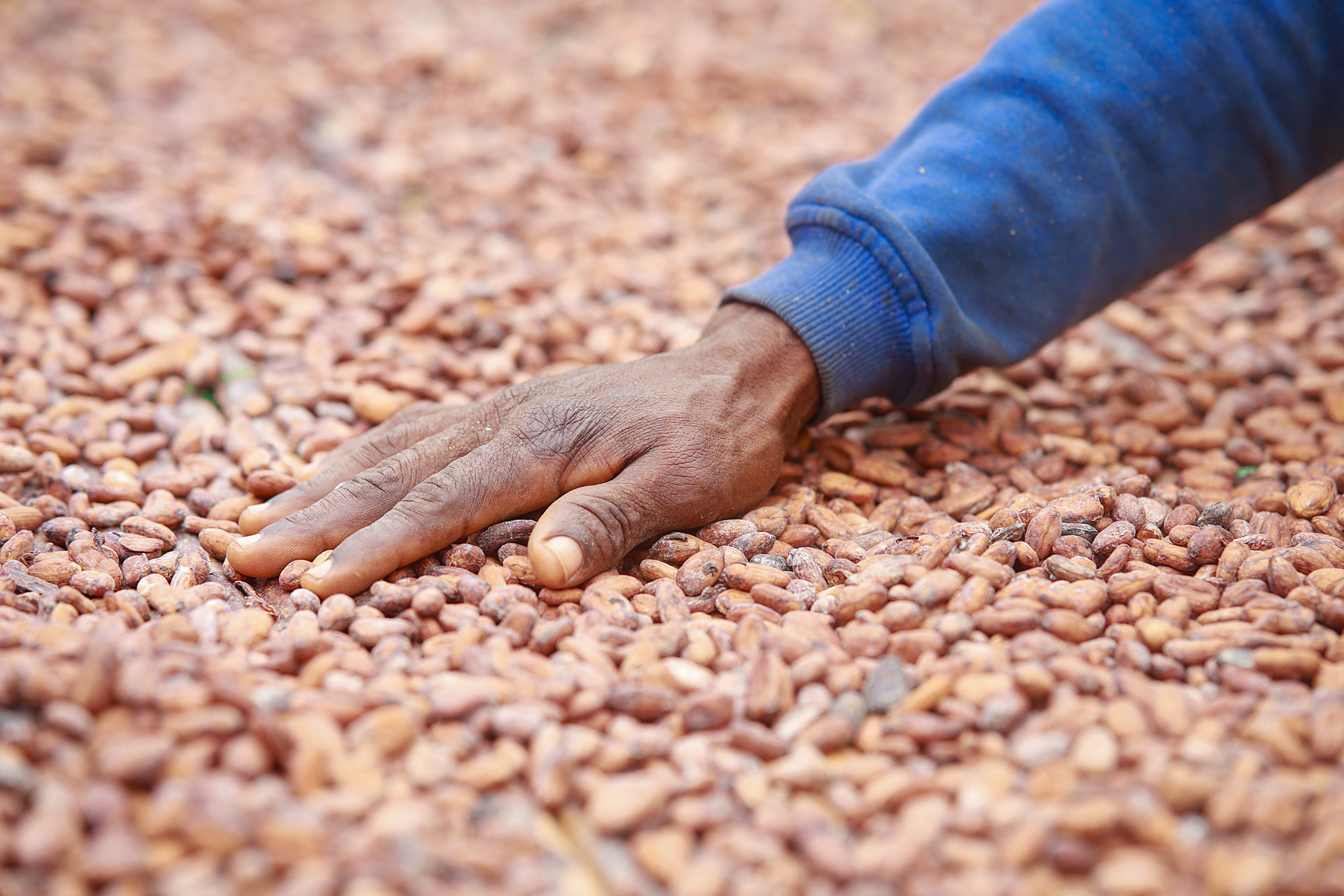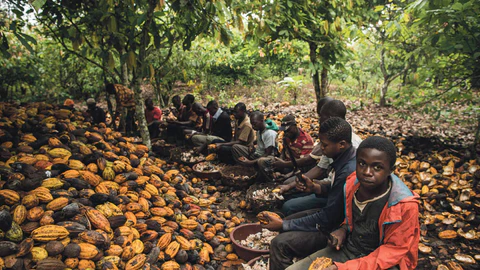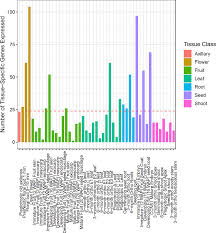The Future Chocolate Industry: Climate Change, AI, and Genetic Science Are Transforming Cocoa
- Ethan Swift

- 3 days ago
- 7 min read

A look at the future of cocoa as climate change, Big Tech, and genetics collide — and why Island Sharks Chocolate is committed to a slave-free, sustainable Hawaiʻi cacao future.
Climate Change Is Redrawing the World’s Cocoa Map
At Island Sharks Chocolate, we have always championed sustainable, ethically sourced craft chocolate & cacao. Every step in our process, from the expert harvesting of cacao pods by Kona Restoration Farms (read more about our award-winning Hawaii cacao farmers here). to the thoughtful cultivation of the local markets, we driven by our commitment to a slave-free Hawai'i cocoa, supporting Hawai'i farmers and making delicious chocolate. Now, today, we find ourselves at a prophesied crossroads in the cocoa industry's once fore-told future that has of yet to come to pass. As climate change, pests, and diseases increasingly threaten the world’s (and Hawaii's) cocoa supply, 'Big Tech' promises that it is safeguarding the future of chocolate production. Did they even consider reducing the effects of climate change? Excessive heat can mess with photosynthesis, stress flowering, and lead to shriveled or aborted pods. CBS News+1 The result is lower yields, reduced bean quality, and potential ripple effects on global chocolate supply.
Traditional Approaches vs. Big-Tech Promises
This emerging research is a major win for potentially inviable vaporware. The Cacao Gene Atlas offers genetic modification for an industry ravaged by climate change and illegal mining (and worst of all child-slavery), aiming to promote sustainable, ethical practices, much like those we have built into our foundation at Sharks. So, in this long-awaited blog, we can all take a necessary and closer look at why replacing farmers with robots and planting GMO cocoa trees, may or may not align with our mission.
Companies like Granja Luker (a research center in Colombia) have trained AI models on thousands of pod images to predict whether a pod will survive. World Cocoa Foundation
Cutting emissions and protecting the climate is always still an option.
The Actual Threat Facing Cocoa Farms — It’s Not Big Tech
Cocoa farmers have faced staggering crop losses, with up to 40% of the world’s cocoa supply destroyed each year by diseases and pests. Of course, yes, 70% of what is available is then of course farmed illegally by child-slaves in West Africa. Temperature isn’t the only threat. Shifting rainfall patterns are just as dangerous. Cacao requires 1,500–2,000 mm of rain annually, ideally distributed so dry spells last no more than a few months. CBS News+1 But climate change is undermining this balance. In some places, farmers have reported extreme rainfall followed by prolonged dry spells, triggering fungal diseases like black pod rot and more disease pressure overall. CBS News
Very well known deforestation practice of farmers have already severly impacted the world cocoa supply and climate. If new climate-resilient varieties are planted, there’s a risk of expanding cocoa into forested areas, unless strong safeguards exists. WUR’s modeling points to this risk. Phys.org Early reports here on deforestation in cocoa farming are here: Mighty Earth – Cocoa & Deforestation Reports
All across the Big Island of Hawai'i, we’ve built strong relationships with small local farmers, ensuring beyond fair wages and the safest working conditions. Yet, we know that supporting these farmers isn’t enough. That’s where the groundbreaking research from Penn State University comes into play, you'd think. But what you will read is about how we know, non-equatorial growing regions farm much less food and have smaller agriculture industries. That means people in the northern hemisphere would be expected to farm cocoa, given they can alter the cocoa genes. You ready to grow your own? Hilo is barely equatorial, almost the furthest North cacao grows in the world. Just take advantage of our free shipping until 2026 and we can spare you reading the rest of this article. Our prices are not set to increase due to climate change.
Enter the Cacao Gene Atlas

The actual (and nearly incomprehensible) Cacao Gene Atlas, developed by a team of scientists at Penn State University with support from Mondelēz International and the USDA, offers a promising solution to these challenges. The project aims to map the genetic makeup of cacao trees from across the globe. By understanding the genetic diversity within cacao, researchers can identify varieties that are naturally resistant to diseases or capable of thriving under harsh conditions.
Mondelēz International, is one of the largest profiteers of child-slavery (in cocoa) in the world, btw... Check out Pono Cocoa for a list of all the slave-free certified craft chocolate makers in the world.
As you'd expect, this atlas / comprehensive genetic database, allows scientists to pinpoint the specific genes responsible for resilience, yield, and flavor! With this information, farmers and cocoa producers can selectively breed cacao trees that are not only more productive but also more resistant to diseases and pests, without relying heavily on harmful pesticides or other unsustainable methods. It does not mean they can make the trees grow in colder climates. That is obviously one of the goals. You ready to get to farming your own chocolate?
This is a possibility. It is nothing more. Not only does this research not address the need to end illegal child-labor now, it does not align with our commitment to high-quality products. We believe the climate should be allowed to live its best life. We would love to see cacao grow everywhere! We would prefer to embrace the science if "Big Chocolate" would use it to end child-slavery in their chocolates. This research does help save our planet if the climate does change.
To be clear, GMO (genetically modified organism) cocoa plants ARE being developed to tolerate climate change, pests and diseases which threaten the global chocolate supply, potentially leading to its extinction by 2050.
Future of Chocolate Industry
Rollout of AI Cacao Bots
Tech Type | Pilot Stage | Commercial Use | Widespread Adoption |
Pollination Robots | Now | 2–4 years | 7–10 years |
Harvesting Robots | 1–3 years | 5 years | 10+ years |
AI Sorting (beans) | Now | 1–2 years | 3–5 years |
Yield/Disease Prediction Apps | Now | Already viable | 1–3 years globally |
Challenges slowing broader implementation:
Cost of robots / hardware
Maintenance and durability
Local adaptation
Power infrastructure & connectivity
Farmer adoption & trust
Some of the challenges / gaps that slow broader implementation:
Cost of robots / hardware; maintenance and durability in field conditions.
Reliable power, supply chain for parts, repair etc.
Local adaptation (for example, different cacao varieties, climate, terrain, farm sizes).
Digital infrastructure (connectivity, sensors, data collection) and training.
Trust, farmer adoption, business models that support affordability.
What’s Already Here — Is It Viable?

Yes, but unevenly.
Premium cacao regions (like Hawai‘i or Latin America) may see early adoption of AI sorting and fermentation tools within the next 1–3 years, since the higher bean prices justify investment.
Smallholder farms in West Africa, where most of the world’s cacao is grown, face bigger challenges: cost, infrastructure, and training. For them, wide adoption may be 5–10 years away.
Robotics (pollination & harvesting) are still in pilot phase. They’re exciting, but not ready for everyday farm life just yet.
A Hopeful Future for Ethical Chocolate NOW!
The future of the cocoa industry may seem uncertain, but breakthroughs like the Cacao Gene Atlas provide hope that we can overcome the challenges we face. As the chocolate world continues to grapple with the effects of climate change, pests, and diseases, this genetic mapping gives us the opportunity to build a more resilient, sustainable, and ethical supply chain—one that benefits both the farmers and the consumers.
This video below shows the most modern and commonly used machinery in cocoa farming.
At Island Sharks, we love staying at the forefront of ethical chocolate production. We will continue to support initiatives like Pono Cocoa, the Cacao Gene Atlas, and Kona Restoration Farms which align with our values and offer practical solutions to the issues threatening the industry. Whether it’s through our partnership with small-scale, slave-free farms or our continued focus on environmental sustainability, we will always work to ensure that our chocolate is as good for Hawaii and the planet as it is for your taste buds.

All our Hawaii Cacao is lovingly hand-picked by adults earning livable wages
In the meantime, let's all watch the progress of the Cacao Gene Atlas closely, excited to see how it can help shape the future of the chocolate industry for the better. Because at the end of the day, we believe that chocolate should always be a source of joy—not the opposite!
AI Sorting & Fermentation Tools
Researchers have trained AI models to spot defects in cacao beans with over 90% accuracy. Some pilot machines already separate high-quality beans from bad ones. Better sorting means farmers can earn premiums, and chocolate makers (like us) get consistent flavor and quality. Is Palantir going to sort beans?
Yield & Disease Prediction Apps
Farmers are now testing mobile apps that use AI to forecast harvests and identify diseases like black pod or witches’ broom. The best part? Many run offline, so they work even where internet access is scarce (like rural farms).
Conclusion
The future of chocolate is no longer just a fantasy of flavor — it's a high-stakes question of survival. As rising temperatures, erratic weather patterns, and emerging diseases threaten cacao trees, the delicate art of turning cocoa pods into delectable chocolate is under unprecedented pressure. But all is not lost. Breakthroughs in genetic science and artificial intelligence are converging with ethical missions to chart a new, more resilient path forward. Here at Island Sharks Chocolate, we believe in crafting more than delicious bars — we’re committed to a future where chocolate production is climate-smart, slave-free, and rooted in respect for the farmers and the land.

References & Further Reading
Slave-free Chocolate.org End Child Slavery in Cocoa Now http://slavefreechocolate.org
AI can transform cocoa farming by enabling data-driven decisions at scale. World Cocoa Foundation
Climate Central, Climate Change Is Heating Up West Africa’s Cocoa Belt Climate Central+2Climate Central+2
Wageningen University & Research, Climate Change Puts African Cocoa Production Under Pressure WUR
World Cocoa Foundation, Rise of the ‘Cacaobots’: How AI Is Transforming Cocoa Farming World Cocoa Foundation
Deep Learning Model for Disease Identification in Cocoa Pods arXiv
Agroforestry Potential for Cocoa arXiv
the region responsible for roughly 70% of the world’s cocoa. ClimateCentral+2Contentful+2
Over the past decade, climate change added about 40 days/year in Côte d’Ivoire and Ghana where maximum daily temperatures exceeded cacao’s optimal range. Climate Central+1
In 2024 alone, 71% of the 44 cacao-producing districts analyzed across Côte d’Ivoire, Ghana, Cameroon, and Nigeria saw six extra weeks of heat above 32°C. Climate Central+1













Comments